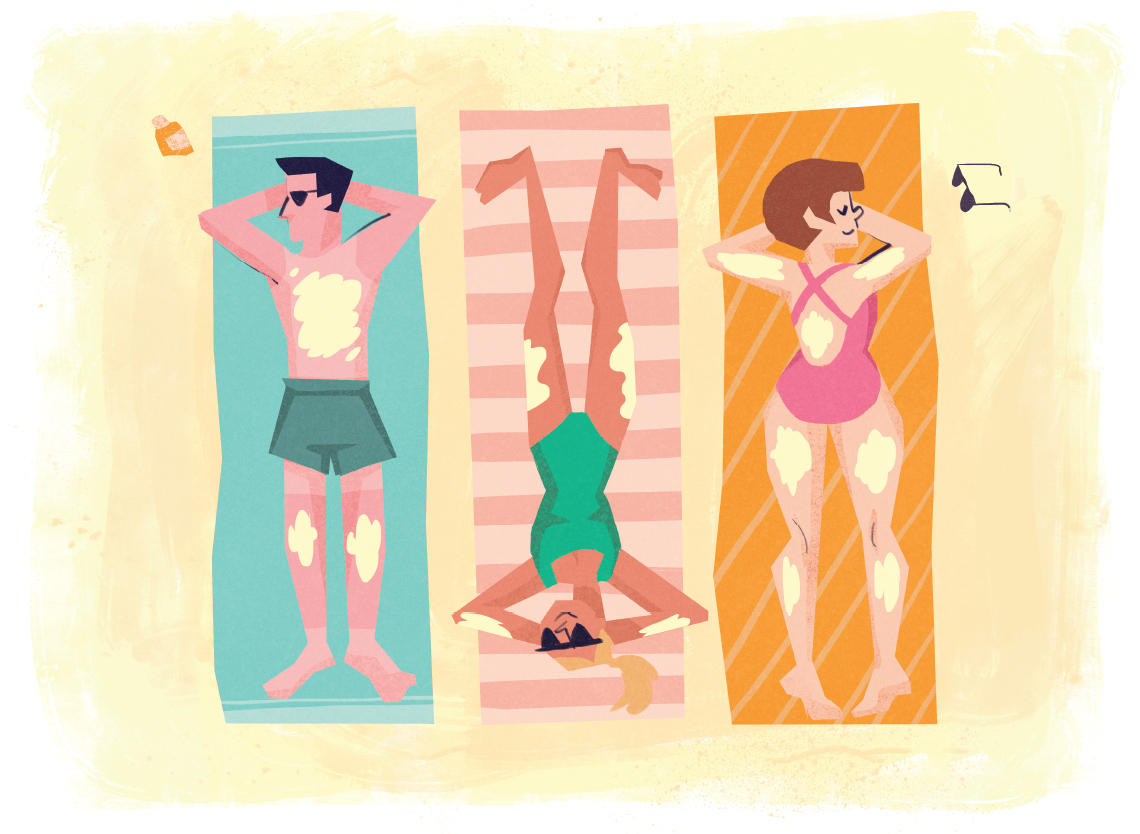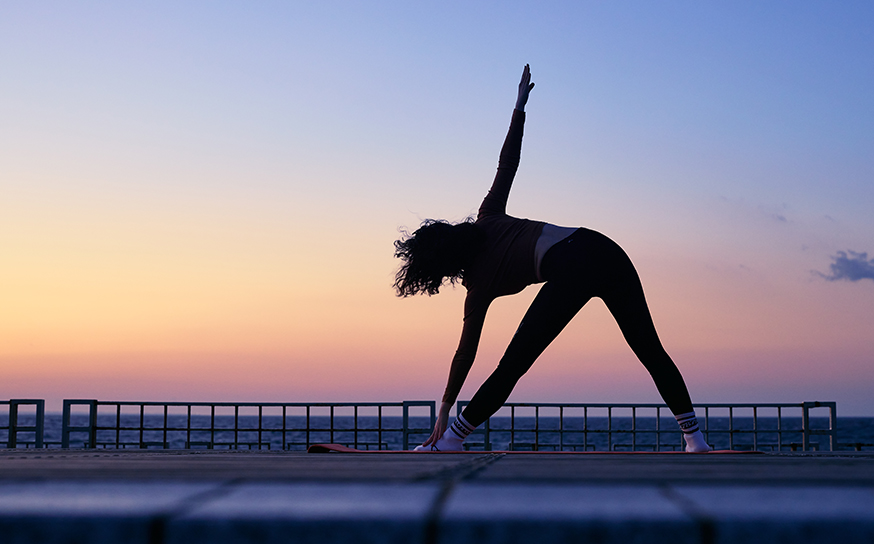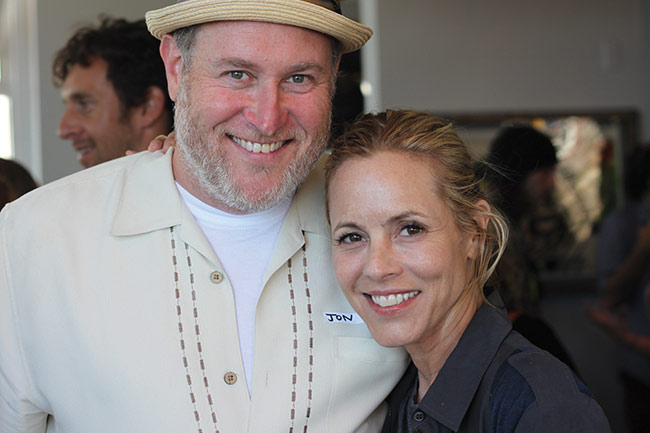
Skin Deep
Dermatologist and skin cancer prevention advocate Jeffrey
Ashley, MD, on the most innovative ways to protect our skin
-
CategoryHealth
In addition to treating patients as a staff dermatologist at Providence Saint Joseph Medical Center in Burbank, Dr. Jeff Ashley is focused on boosting awareness about the health hazards of sun exposure. The dermatologist is president of Sun Safety for Kids, a nonprofit organization that aims to promote sun protection for children. Here he offers advice on the best ways to block the sun, apply sunscreen and evaluate products.
SPF recommendations are always changing. Is 15 okay? Or is SPF 50 better?
A major problem is that the average person only applies about one-third of the “standard amount” of sunscreen. As a result they only achieve one-third of the SPF on the product label. Some people apply as little as one-10th of the standard dose! Using a product with a high SPF will compensate somewhat for underdosing, but it’s still critical to apply sunscreen evenly. There is no significant risk of using too high of an SPF, but you can easily get burned by only putting on a thin film of SPF 15.
How much in advance of going outdoors should sunscreen be applied? And do the “waterproof” ones really stay on?
Sunscreen is effective immediately after application. Products are not “waterproof” but only water-resistant up to the time labeled on the bottle. Water-resistance is based on sitting in water. With activity, such as swimming, some sunscreen will come off. Frequent reapplication is advisable. Also, rash guard-style swim shirts are more effective than sunscreen.
Do you recommend getting a sunscreen with zinc? It is a bummer to be all chalky.
Zinc, as it is used in today’s sunscreens, is almost always micronized so it doesn’t appear white. Consumer Reports magazine, in their 2015 review of sunscreens, found that none of the tested zinc sunscreens were as effective as those with organic (chemical) UV filters. Zinc sunscreens are useful for anyone who becomes allergic to one of the chemical filters, but some people are concerned about the zinc being present as nanoparticles.
What is the best product to soothe a bad burn?
A cold compress, a bath in colloidal oatmeal and aloe vera are remedies that some people find helpful. Aspirin, taken according to directions, may reduce discomfort somewhat. A severe burn should be evaluated by a physician or urgent care center.
A little sun is good–right? We need vitamin D.
Vitamin D is extremely important! There is too little in the average American diet to meet the body’s needs. The UV rays that induce the skin to manufacture vitamin D are the exact same rays that cause skin cancer. I strongly advise against any intentional sun exposure (because it’s a carcinogen) when we can safely take an oral vitamin supplement instead.
I understand most melanomas result from bad sunburns in childhood.
Sunburns during childhood are definitely associated with an increased risk of developing melanoma later in life. Children must be made aware of the damaging effect of the sun’s invisible UV rays and taught how to protect their skin. Parents and school personnel must lead by example.
Where are most melanomas located on the body?
The vast majority of melanomas are caused by sun damage, but some are random. They can pop up anywhere on the skin surface. Everyone should conduct a thorough skin self-exam on the first day of each month, being sure to include the back and backs of the legs. If a new, enlarging or otherwise suspicious mole is found, consult a dermatologist as soon as possible. When melanoma is caught early it’s nearly always curable. A major problem is that the average man does not check his back and because melanoma usually has no symptoms it can become life-threatening before it’s discovered.
Should we pay extra for sunscreens that are paraben- and chemical-free?
No.
What else can we Valley dwellers do to protect our skin over a lifetime of sun exposure?
Everyone should become familiar with and follow the UV Index. Like a weather report, it’s a forecast of how intense the UV radiation will be on a given day. Download the UV Index app to your smartphone. The higher the number, the faster your skin will sustain damage. And give more thought to what you wear. Clothing is almost always better than sunscreen that comes in a bottle. Wear a big hat and cover up. ν
The Building Boom in the Valley for Senior Living Communities Has Escalated
Upscale livin’ for active retirees.











